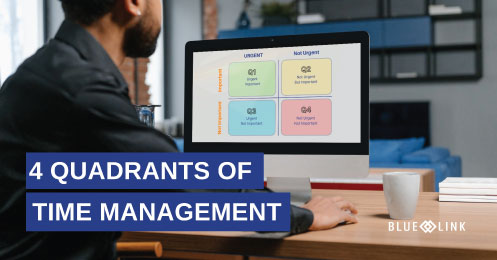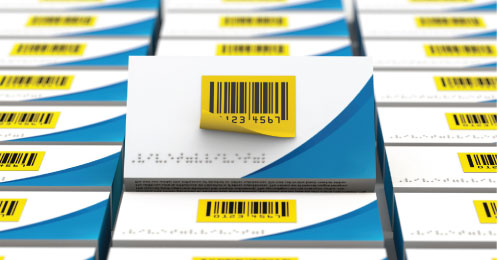An engaging and enlightening discussion delving into the crucial topic of tracking serialized inventory and files for pharmaceutical distributors. In this video, we sit down with Darren Myher from Blue Link ERP and Gary Lerner from Gateway Checker to explore the significance of implementing complete end-to-end software solutions for this purpose. From the complexities of compliance with the Drug Supply Chain Security Act (DSCSA) to the potential risks associated with non-compliance, we uncover key insights and practical strategies for ensuring regulatory adherence and operational efficiency in the pharmaceutical industry.










